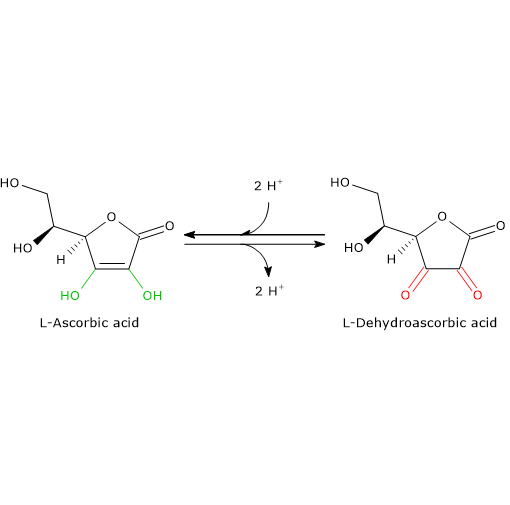Food additives are substances that are not normally consumed as food in itself and are not used as a characteristic ingredients of a food, regardless of whether or not they have nutritive value. They are added to food for technological purposes, namely, they carry out various functions such as maintaining their freshness, taste, appearance or maintaining or improving their safety.
There are thousand food additives used that can be derived from animals, plants, minerals, or can be synthetic.
Their use is centuries old. Examples are the use for preservation of salt, in meat derivatives such as raw ham, sausages or salted fish, of sugar in jams, of sulfur dioxide in wine, or of spices to improve the palatability of foods.
Their use varies from food to food. In unprocessed foods such as water, milk, fresh fruit and vegetables and fresh meat only a small number of additives is authorized. Conversely, the more a food is processed, as in the case of flavored drinks, confectionary, desserts, and salty snacks, the more the number of authorized and used additives.
Contents
European regulations on food additives
The european regulations on food additives defines as many as 26 technological purposes for which they are used, such as:
- preservatives, whose purpose is to protect foods from attack by microorganisms, ensuring they remain safe and prolonging their shelf-life;
- antioxidants, that protect foods from oxidation, that, for example, could cause color changes or, in the case of fats, their rancidity, and which therefore increase their shelf life;
- colours, that restore or add colour in a food, or make food more visually appealing;
- sweeteners, used as sucrose substitutes;
The safety of food additives authorized in the European Community are certified by the European Food Safety Authority (EFSA) and/or the Scientific Committee on Food (SCF). Since most of the evaluations were conducted in the ‘80s and ‘90s, and some even in the ‘70s, a re-evaluation of all additives has been completed in 2020.

As they are food ingredients, they must be indicated in the ingredients list according to Directive 2000/13/EC. They are identified by the name of the functional class followed by their specific name or European Community number or EC number. Two examples are colour-amaranth or colour: E123, and antioxidant-vitamin C or antioxidant: E300.
Are additives added to all foodstuffs?
Some foodstuffs do not need additives. Examples are food prepared at home, which are usually consumed directly and for which appearance may be of lesser importance than industrially processed food. And not all industrially prepared foods need additives. Some examples are yogurts and certain types of bread.
On the other hand, many foods contain naturally occurring substances used as food additives, such as carotenes or E160a, some polyphenols such as anthocyanins or E163, and vitamin C or E300.
References
- Bender D.A. “Benders’ Dictionary of Nutrition and Food Technology” 8th ed. Woodhead Publishing. Oxford, 2006
- Commission Regulation (EU) No 1129/2011 of 11 November 2011 amending Annex II to Regulation (EC) No 1333/2008 of the European Parliament and of the Council by establishing a Union list of food additives. https://eur-lex.europa.eu/eli/reg/2011/1129/2013-11-21